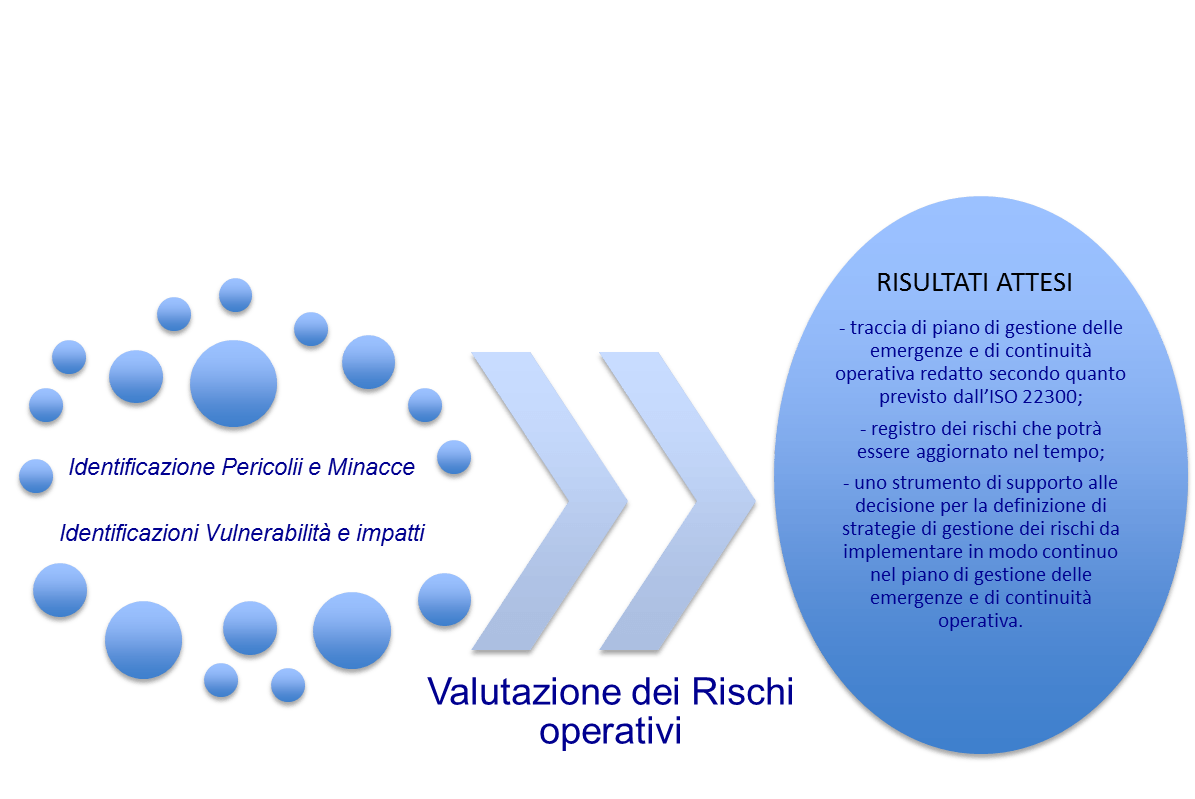Business Continuity Assessment of the new Standiana water purifier
Brief
The main goal of the assignment was to provide an Analysis of the operational continuity of the Standiana water purifier to identify the main threats and critical issues and to define possible improvement and mitigation measures to ensure plant operational continuity.
Project challenge
Service interruption in water supply provision, whatever the cause, may appear to be an unlikely event. In any case, considering the plant’s public service mission, the maximum conceivable damage may be very significant, regardless of its manifestations (e.g. financial loss, reputation). On the other hand, the variety of risks and threats to be evaluated is considerable and requires very diversified skills – for an appropriate assessment (environmental experts, technologists, industrial risk analysts, geologists, etc.).
Solution
The work undertaken constitutes a concrete step in the development of a coherent and homogeneous approach to the management of comprehensive risks that may persist and impact the activities of Romagna Acque Società delle Fonti. This approach, in accordance with the provisions of the ISO 31000:2009 and ISO 22301:2012 standards, has enabled the conduct of a very up-to-date multi-risk analysis that makes possible the implementation of measures foreseen by the new ISO 14000 and ISO 9000 standards, which introduce a “risk thinking” approach based on risk analysis.
The work was carried out, by a working group with the continuous collaboration of RASDF and NIER technicians, through the following activities:
- Hazard identification and risk assessment activities carried out by applying a HAZOP analysis and a subsequent FTA (fault tree analysis)
- Risk weighting activity carried out through a BIA (Business Impact Analysis)
Execution phases
First phase: this involved a structured approach to identifying the risks associated with the new Standiana water treatment plant, i.e. the likelihood of events occurring that could lead to undesirable impacts of an environmental, economic, operational, reputational, etc. nature. This activity was based on the risk management scheme proposed by ISO 31000 and makes use of the most appropriate methods defined by ISO 31010 (ISO IEC 31010:2009 – Risk management – Risk assessment techniques).
Second phase: its goal was to interpret the risks identified in the first phase according to a BIA (Business Impact Analysis) approach, i.e. to assess how the various hazard sources could impact the company’s everyday activities. This phase was developed in accordance with the provisions of ISO 22301 for the purpose of business continuity. The examined process, which involves the provision of drinking water, was analysed to identify the best impact mitigation strategies. To this end, the recovery times and methods were evaluated, defining, for each of them, the operational reference parameters such as the RTO (Recovery Time Objective) and the MTPOD (Maximum Tolerable Period of Down time).
Third phase: this involved the proposal of an emergency management plan to outline procedures, roles and operational tasks and the identification of actions capable of raising awareness and training the staff involved in the implementation of the business continuity plan.
Achieved results
Below is a summary representation of the risk assessment process and the results achieved.

At the end of the project, the following results were obtained:
- Identification of the plant facility discrepancies in relation to the design standards and definition of the related corrective actions;
- Identification of failure modes and operational malfunctions that could trigger the emergency scenarios covered by the study;
- Elaboration of criteria for the definition of the elements and/or critical system conditions;
- Definition of parameters for quantifying risks and criteria for defining the relative acceptability levels;
- Identification of decision support elements for the definition of risk mitigation strategies;
- Development of the emergency management plan.

